L. Frank Baum, author of The Wizard Of Oz, drew inspiration from his wife’s family for his most famous book
In 1996 an academic uncovered the grave of an infant named Dorothy Gage, who was part of the inspiration for L. Frank Baum’s character Dorothy in the Wizard of Oz
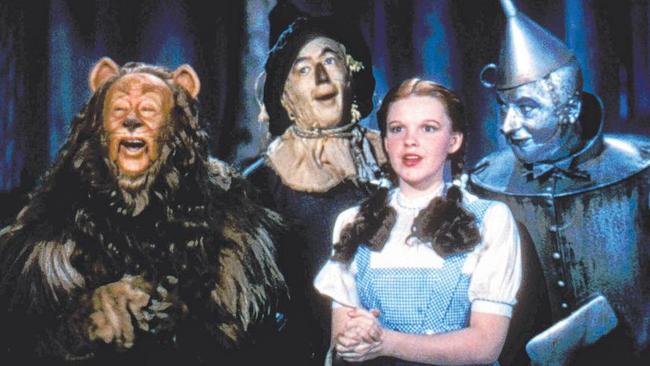
Today in History
Don't miss out on the headlines from Today in History. Followed categories will be added to My News.
In 1996 academic Dr Sally Roesch Wagner, who was researching the life of Matilda Joslyn Gage, suffragist, abolitionist and advocate for Native American rights, made an interesting discovery.
Wagner noticed a headstone in Evergreen Memorial Cemetery in Bloomington, Illinois, US, belonging to a girl who died at the age of five months. The girl’s name was Dorothy Gage, granddaughter of Matilda, but also niece of Maud Baum (nee Gage) wife of author L. Frank Baum, creator of The Wizard Of Oz.
Wagner immediately made the connection between the name of the infant, who had died in 1898, and the character Dorothy Gale in Baum’s famous books. Her discovery made the papers and when the local community became aware of the grave a group of people, including Mickey Carroll who played a munchkin in the 1939 film version of Baum’s most famous book, began raising money for a new headstone.
In 1998 a new black granite headstone was unveiled and part of the cemetery was later named the Dorothy L. Gage Memorial garden in her honour. But perhaps the greatest memorial to the tragic baby is Baum’s story, a musical version of which opens this weekend at the Capitol Theatre.
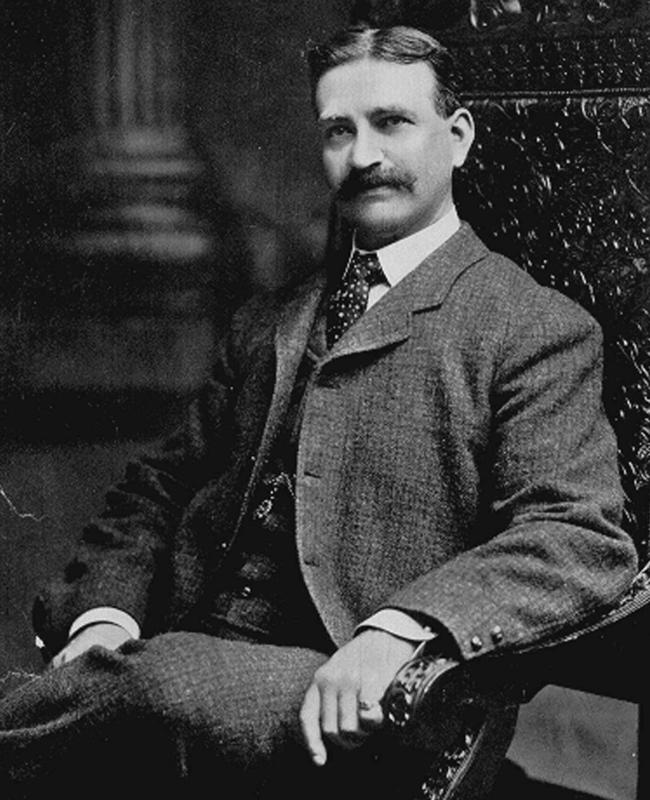
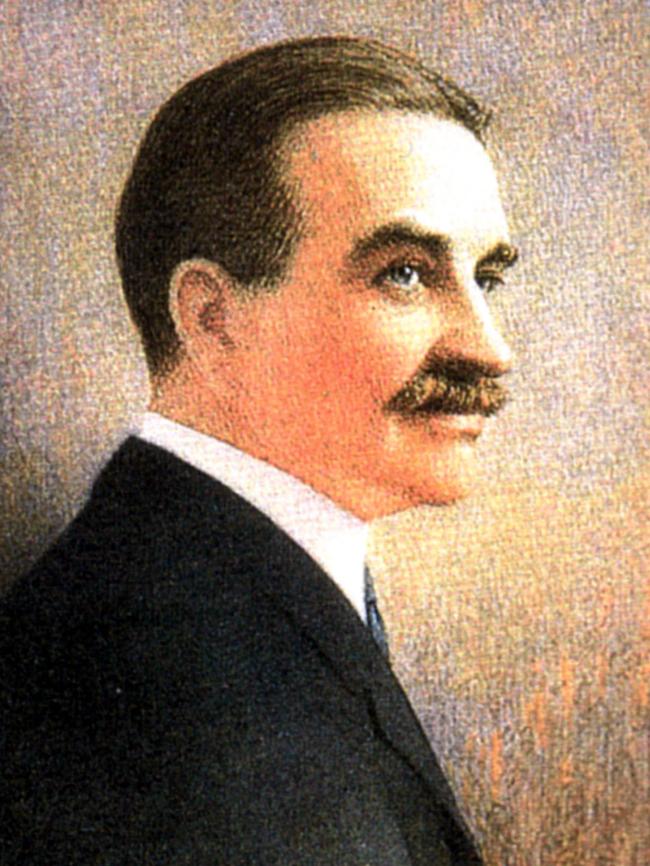
But Dorothy was not the only Gage who influenced Baum’s writing. Her grandmother (and his mother-in-law) Matilda also made an unintentional contribution to the world of Oz.
Lyman Frank Baum was born in 1856 in Chittenango, New York, the son of a businessman who built his fortune on making oil barrels and drilling for oil before he went into real estate.
But Baum, who was a bit of a dreamer, never had the same magical touch in business that his father had. He failed at being a journalist and running his own paper, before his father bought him a theatre where he put on his own musical The Maid Of Arran, in which he also starred.
While touring with his show, in 1882, his aunt introduced him to Maud Gage, daughter of Matilda, saying “I’m sure you will love her”. Baum said to Maud “Consider yourself loved, Miss Gage.” Maud replied “Thank you, Mr Baum. That’s a promise. Please see that you live up to it.”
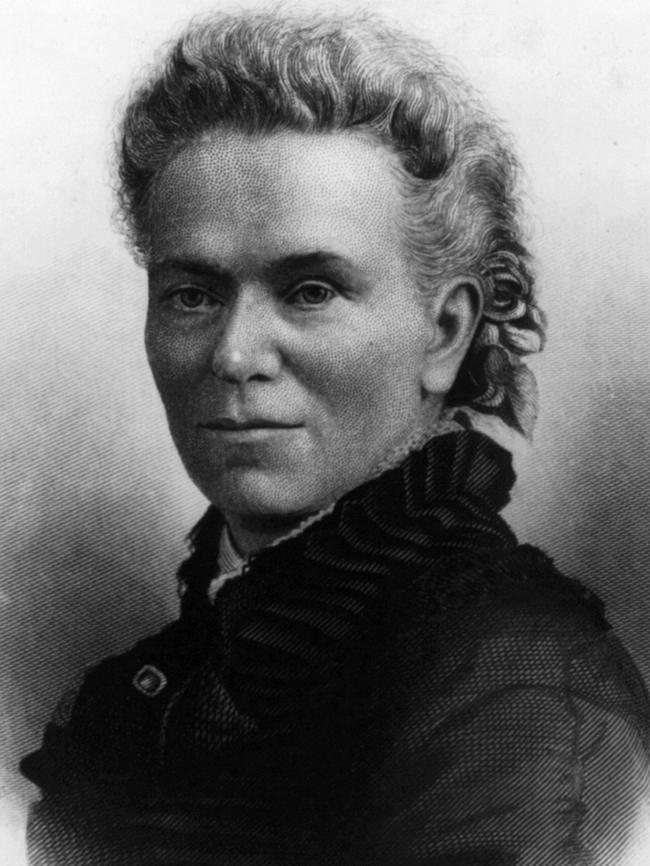
When he later proposed to Maud, Matilda was not happy that her daughter was going to give up university to run off with an actor. But he wasn’t an actor for much longer. After losing scripts and costumes in a theatre fire in 1883 he was forced to look for other work.
First Baum turned to the family oil business, but after five years he was frustrated that he seemed to be wasting his life. In 1888 he opened a store in South Dakota where he sold toys and novelties, but it went bankrupt. Then he started a newspaper in 1890 that was forced to close a year later. But despite his list of failures his mother-in-law saw something in him, particularly the stories he told his four sons as well as other children. She encouraged him to write them down.
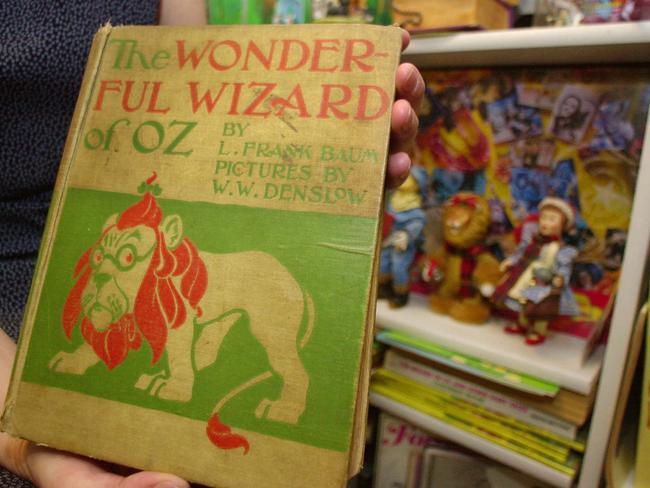
He began with his Mother Goose In Prose, a 1897 retelling of familiar rhymes as stories. It sold well and gave him the courage to write his own fairy tale — a modernised story with a distinct American flavour. It started in Kansas, where he had once been stuck during a theatre tour, but sent his main protagonist Dorothy to another world full of magical people and creatures.
While he was writing the book Maud’s brother Thomas Gage and his wife Sophie had a daughter they named Dorothy. Maud had always wanted a daughter and became fond of the infant, making frequent visits in 1898 when Dorothy was born. When the baby died in November that year Maud was devastated. Baum named his character in honour of his lost niece.
Baum also included witches and a wizard in his story, which was based on something Matilda had written about Christianity in her 1893 book Woman, Church and State. She wrote “As soon as a system of religion was adopted which taught the greater sinfulness of women, the saying arose: One wizard for every 10,000 witches, and the persecution for witchcraft became chiefly directed at women”.
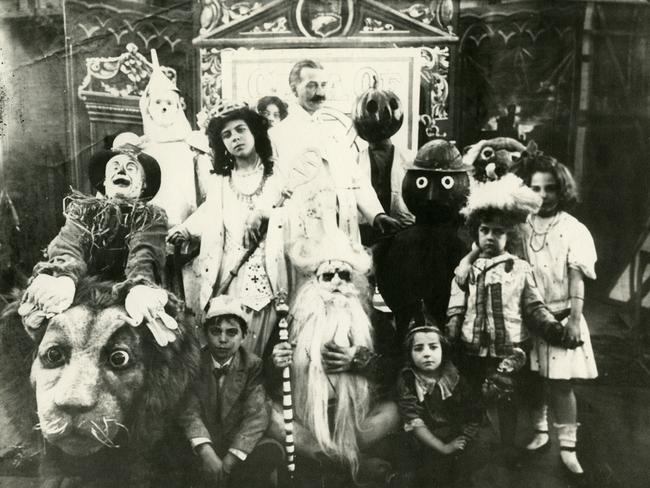
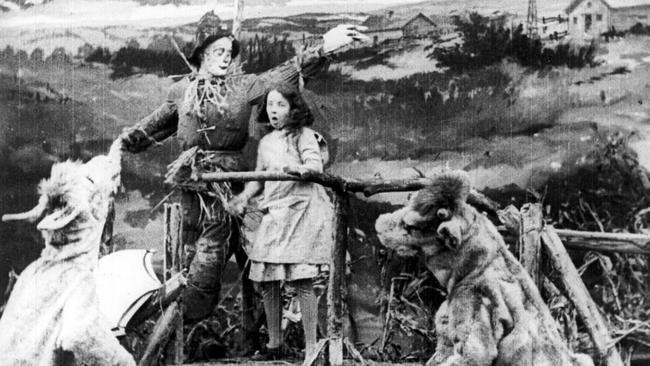
His book taught that there were good witches and bad witches and his wizard, while not a bad man, is chiefly a conman trying to convince people he is magical. It is thought he also based his wizard on Thomas Edison, who had the nickname the Wizard of Menlo Park.
His book The Wonderful Wizard of Oz was published in 1900 and became a huge success. While he tried writing other books, he always returned to the land of Oz. He also helped adapt it to a stage show in 1902 and later toured with a combined live show and film version oddly named Fairylogue and Radio Plays, which he toured with as part of the show in 1908.
Baum died in 1919 and his final book, Glinda of Oz, was published in 1920.
Originally published as L. Frank Baum, author of The Wizard Of Oz, drew inspiration from his wife’s family for his most famous book



